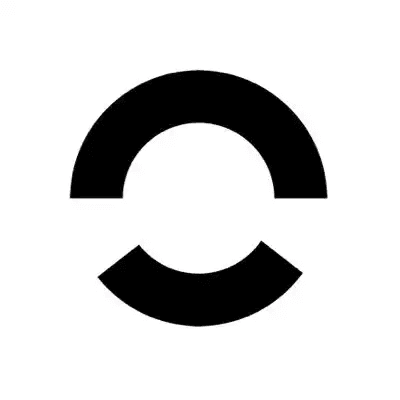How Can You Tell If Gold Is Real or Fake: Essential Guide

Gold has long been valued as a store of wealth, both in traditional finance and increasingly within the crypto and blockchain sectors. But how can you tell if gold is real or fake? This guide reveals reliable methods and the latest industry practices to help you verify gold authenticity, ensuring your investments are secure and trustworthy.
Understanding Gold Verification: Why It Matters
With the rise of tokenized gold assets and blockchain-based gold trading, verifying the authenticity of gold is more important than ever. Fake gold can lead to significant financial losses, especially as digital representations of gold become popular in decentralized finance (DeFi) and on platforms like Bitget. According to a 2024 report by Chainalysis (published March 2024), the number of tokenized gold transactions on public blockchains increased by 40% year-over-year, highlighting the growing need for robust verification methods.
Physical and Chemical Tests for Real Gold
There are several practical ways to tell if gold is real or fake, whether you hold physical bullion or invest in gold-backed tokens:
- Visual Inspection: Real gold has a distinct color and shine. Look for official markings such as karat stamps (e.g., 24K, 18K) and manufacturer logos.
- Magnet Test: Gold is not magnetic. If your item is attracted to a magnet, it likely contains other metals.
- Density Test: Gold is denser than most metals. Weigh your item and compare its volume to the standard gold density (19.32 g/cm³).
- Acid Test: Applying nitric acid can reveal fake gold, as real gold will not react, while base metals will discolor or dissolve.
- Electronic Testing: Modern gold testers use electrical conductivity to verify gold content, providing quick and accurate results.
For digital gold assets, always check the underlying reserves and audit reports provided by reputable platforms like Bitget. As of April 2024, Bitget offers transparent proof-of-reserves for its gold-backed tokens, ensuring user confidence and asset security.
Blockchain and Tokenized Gold: New Verification Trends
In the crypto industry, tokenized gold is gaining traction as a bridge between traditional assets and digital finance. But how can you tell if gold is real or fake when it exists on-chain?
- On-Chain Proof: Leading platforms publish regular audit reports and on-chain data to verify that each token is backed by real gold.
- Smart Contract Transparency: Users can inspect smart contracts to ensure tokens are minted only when physical gold is deposited.
- Third-Party Audits: Independent firms regularly audit gold reserves and publish findings. For example, as of March 2024, CertiK reported zero discrepancies in Bitget’s gold token reserves.
These practices help users confidently distinguish between real and fake gold assets in the digital space, reducing the risk of fraud and enhancing trust in DeFi ecosystems.
Common Misconceptions and Risk Management Tips
Many users believe that visual inspection alone is enough to tell if gold is real or fake. However, counterfeiters have become increasingly sophisticated, making advanced testing and blockchain verification essential. Here are some tips to stay safe:
- Always purchase gold or gold-backed tokens from regulated, reputable platforms like Bitget.
- Request and review audit reports and proof-of-reserves documentation.
- Be wary of offers that seem too good to be true, especially in peer-to-peer or unregulated markets.
- Use Bitget Wallet for secure storage and easy access to verified gold-backed assets.
According to Cointelegraph (April 2024), reported losses from fake gold scams in the crypto sector exceeded $12 million in Q1 2024, underscoring the importance of due diligence and robust verification.
Explore More Secure Gold Investment Solutions
Knowing how to tell if gold is real or fake is crucial for anyone investing in physical or digital gold. By combining traditional testing methods with blockchain transparency and choosing trusted platforms like Bitget, you can protect your assets and make informed decisions. Ready to explore secure gold-backed tokens and advanced verification tools? Discover more with Bitget and Bitget Wallet today.




















